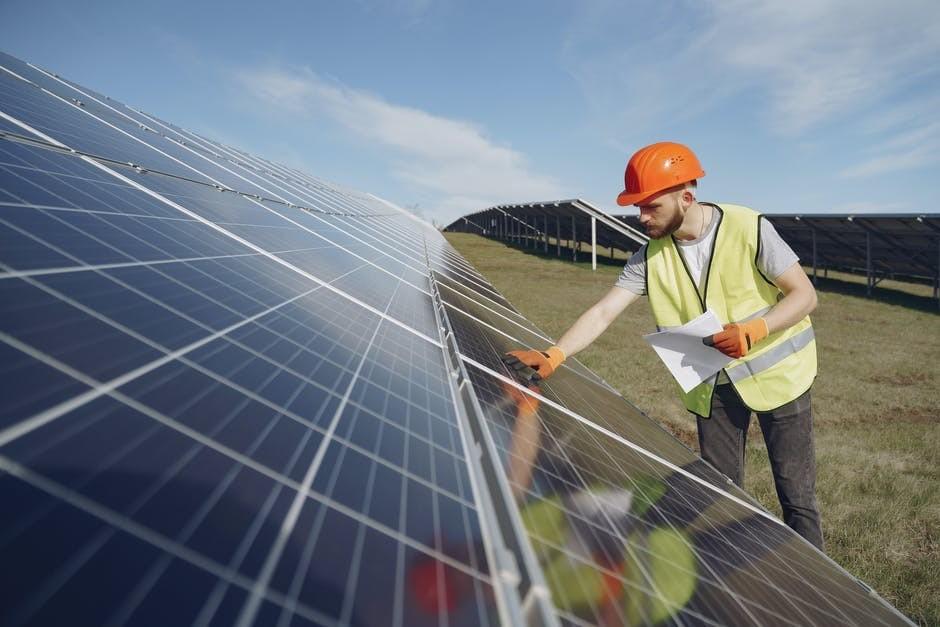
Before you begin, make sure your roof is level. You will need a sturdy foundation for mounting your solar panels. If they will be placed on your roof, you need to have access to the space where they will be placed. The installers will need to move some furniture around to gain access to the area where they will mount the panels. They will be neat during the installation process. Be sure to check for nails and rails on the eaves and fascia board.
Solar installations can be quite complicated. There is a lot of paperwork involved, but this is mostly handled by the solar company. For instance, they can now apply for state and federal incentives and other paperwork. Completing these forms is critical to receiving rebates and tax credits. Also, installing solar panels on your roof can reduce your carbon footprint, which is a great way to reduce your energy bills. Once the entire installation is complete, you can expect to start seeing your savings grow!
Once the solar arrays have been installed, the electrical run will follow. Specifics are depending on the type of system you are installing. Your guide will also cover grounding and installation of the back feed breaker. Once the panels are in place, you will need to install the back feed breaker. Finally, you will need to attach the solar modules to the ground. These are crucial to a successful solar installation. It is important to remember that solar panels should be installed in a way that prevents electrical shock.
A solar installer must have a strong background in electrical wiring. Conduit runs must remain in the conduit until the charge controller and inverter are installed. For rooftop conduit runs, use conduit mount flashings to secure the conduit and transition into the attic. You can also organize the exposed wiring under the solar array using cable clips. Just make sure to secure the wires with cable clips, and make sure that they are protected from strong winds. Before you begin any digging project, you should check for underground utilities.
If you are pursuing solar installation, you will need to have solar panels installed by a qualified installer. A solar panel installer can help you manage the incentives that are available for solar panels. These incentives may include the federal solar investment tax credit, state and local clean energy financing initiatives, and local solar programs. Once you have approved all permits and have your site analyzed, the installer will order the equipment that you will need to complete the installation. This includes the solar panels and the inverters. To further understand solar panel installation see full article on this.
You will need a professional to complete the solar installation. If you have a flat roof, you can hire a construction crew to install the panels for you. Then, the solar installer will prepare the roof and attach them to the roof. Once the roof is mounted, they will then install the electrical wiring to the general power system and the electrical panel. After the panels are installed, the electricians will disconnect the old wiring and connect the new one to the grid. This post https://www.britannica.com/science/solar-energy will help you understand the topic even better.